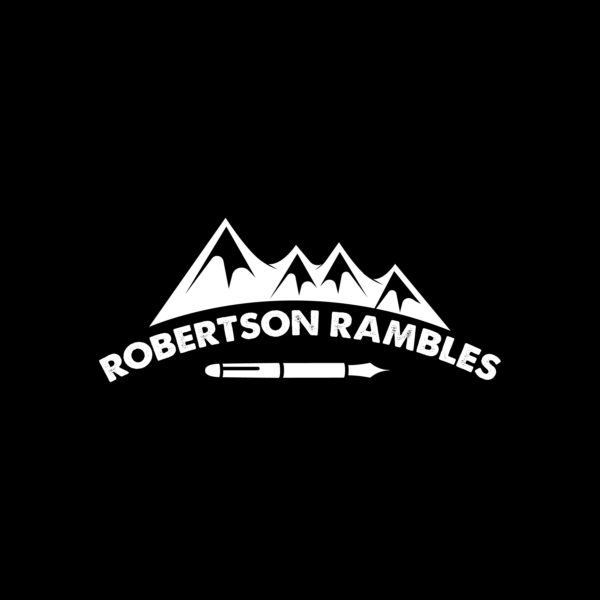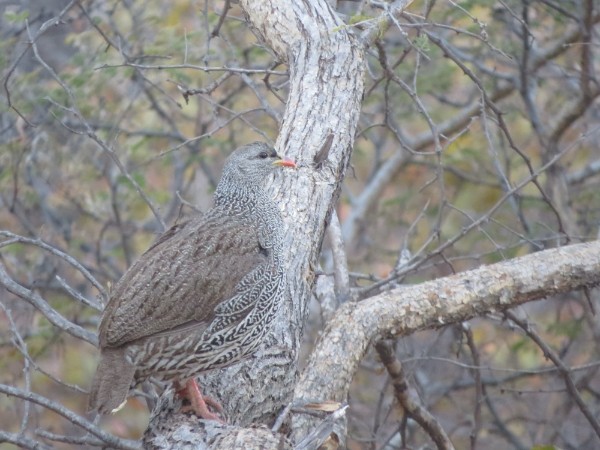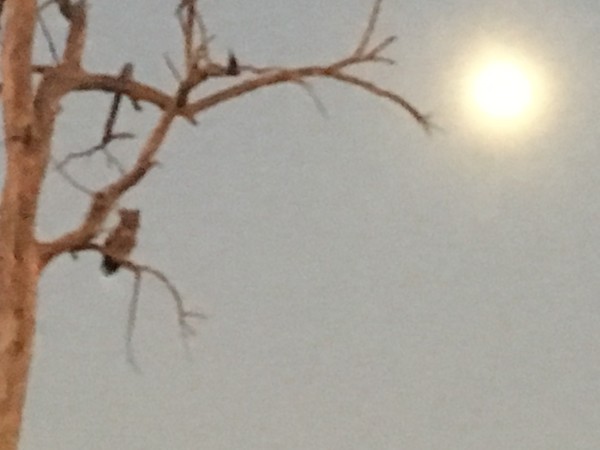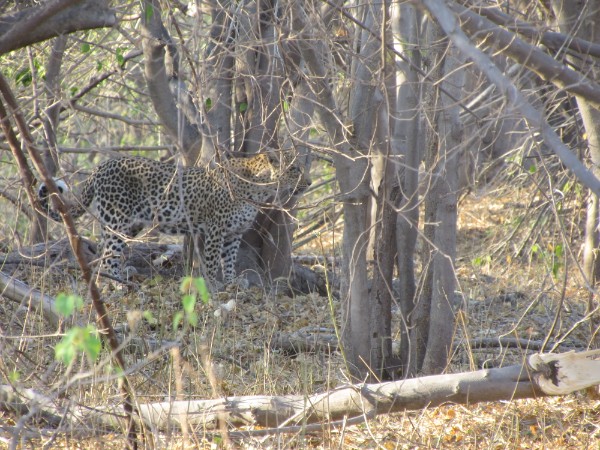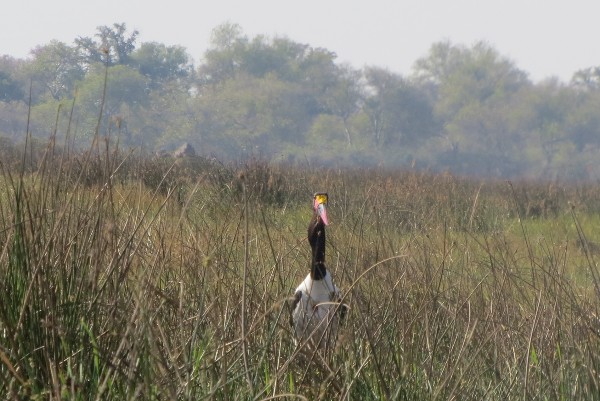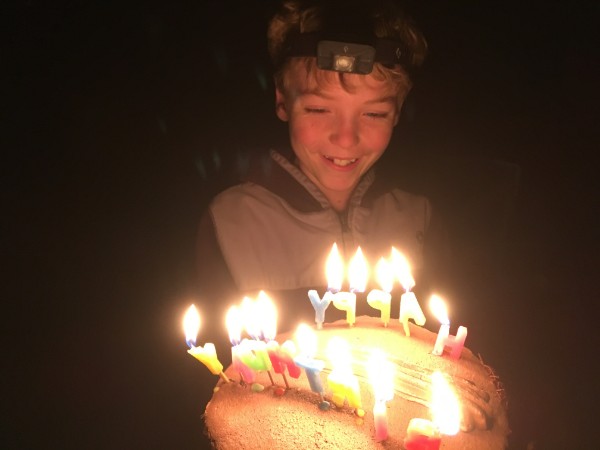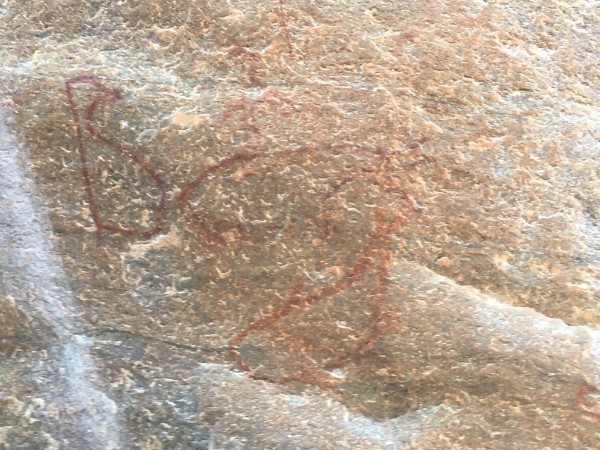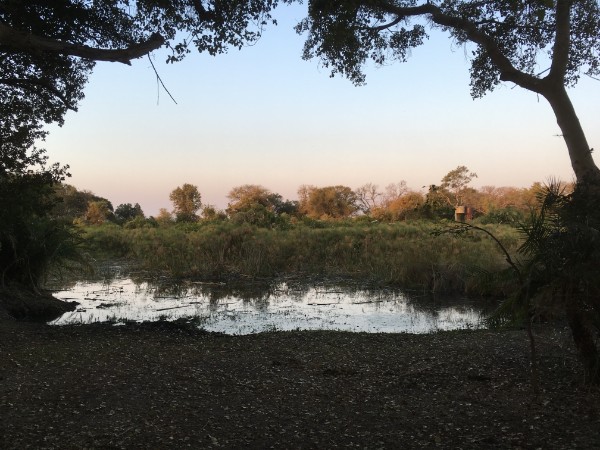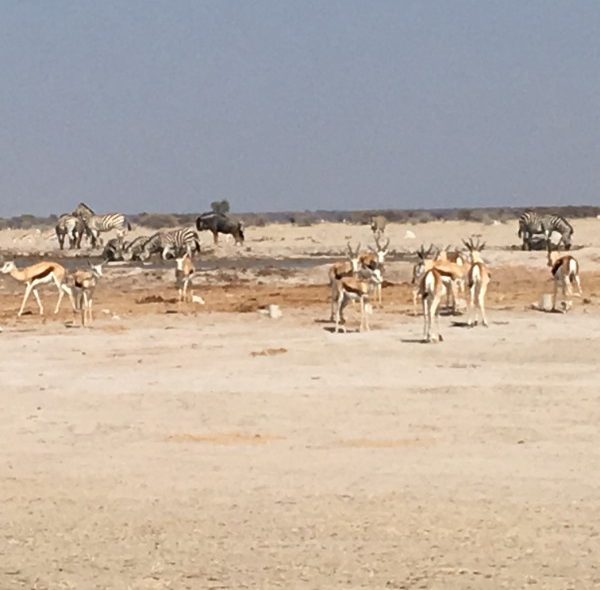Here are 10 places our kids absolutely loved from the last six months of our travels abroad!
Tag: Botswana
More Photos!!
Due to WiFi issues, my posting plan has lost all semblance of reason. I am just posting any photos in no particular order. Here the photos are from Botswana and Victoria Falls. Additionally, thanks to Cedar CEDIE BOI for providing the photo of the Victoria Falls Bridge!
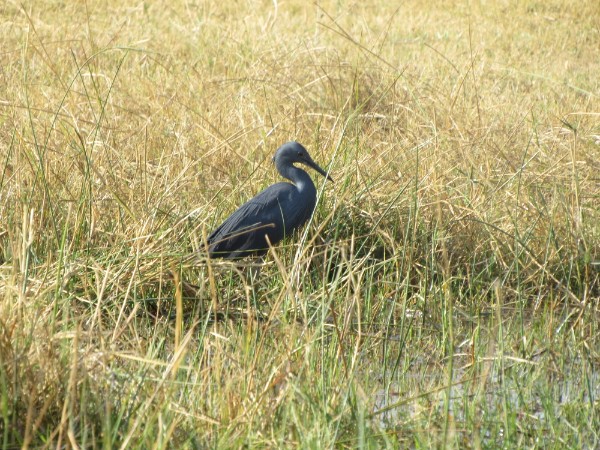
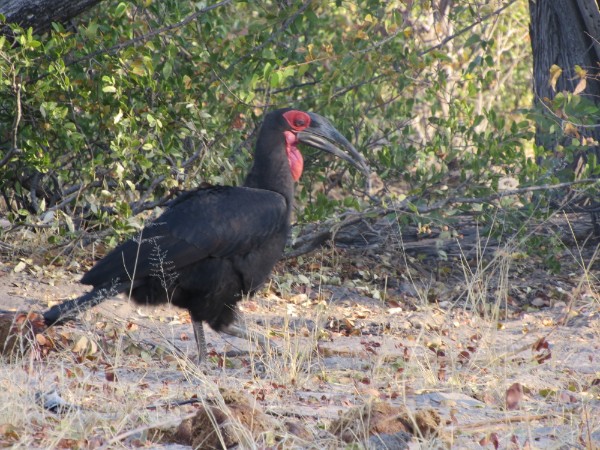
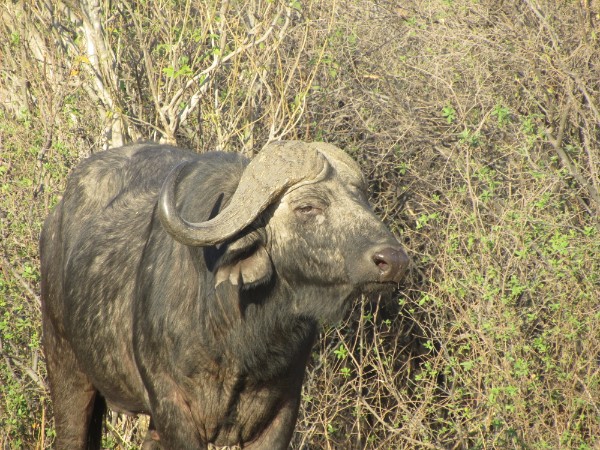


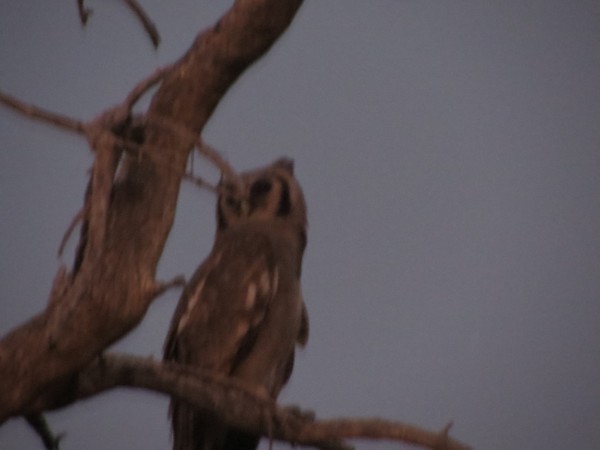
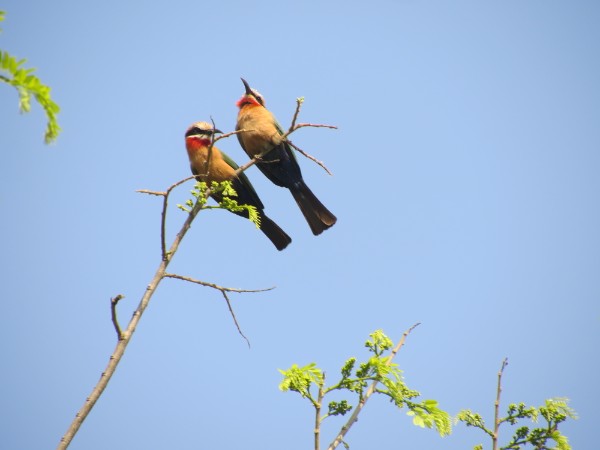
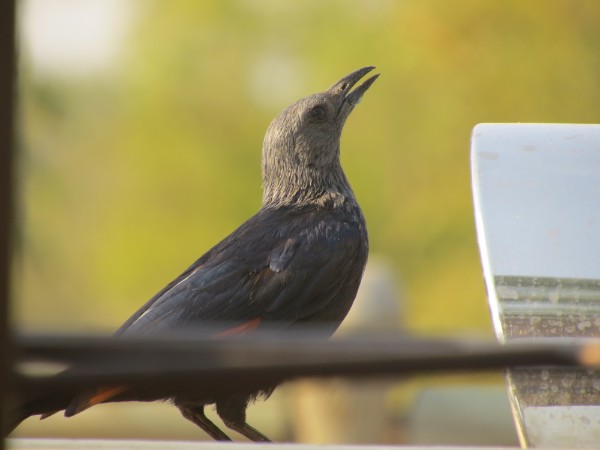
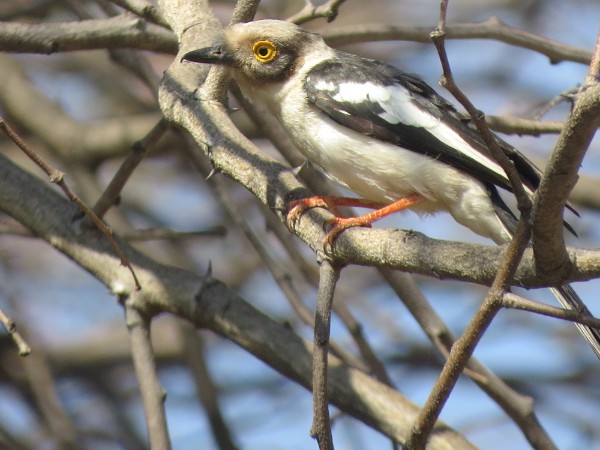

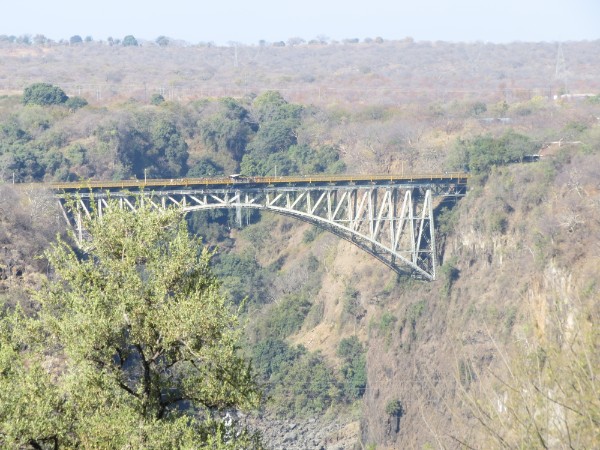





 wanted to take a photo, so I let him take this one.
wanted to take a photo, so I let him take this one.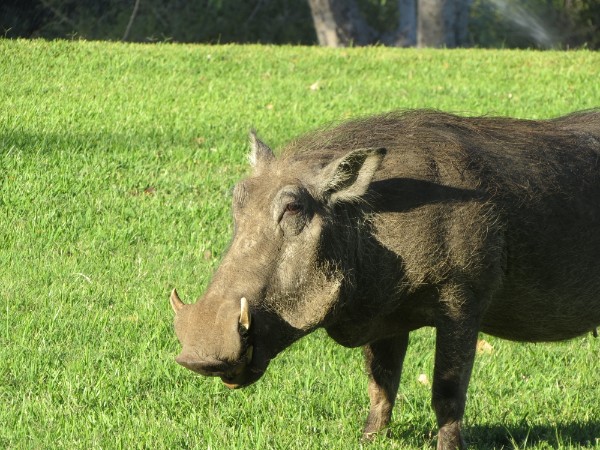
Africa, Part One!!!!!!!!!!!!!
As many of you know, we are now in Africa! Currently we are in Victoria Falls, Zimbabwe, after doing a 12 day safari in Botswana with our guide Kabelo. As we are in Africa, I have seen over a hundred new species of birds and taken many photos of them (and a couple of the more interesting mammals). Because of this, today’s post may be a bit long. However, I think you will enjoy it! (Due to the large number of photos I would like to post I will be posting four installments, each with 21 photos. Because of this, the photos in this post are from August 3rd to the 5th, our first two days of the Botswana safari).
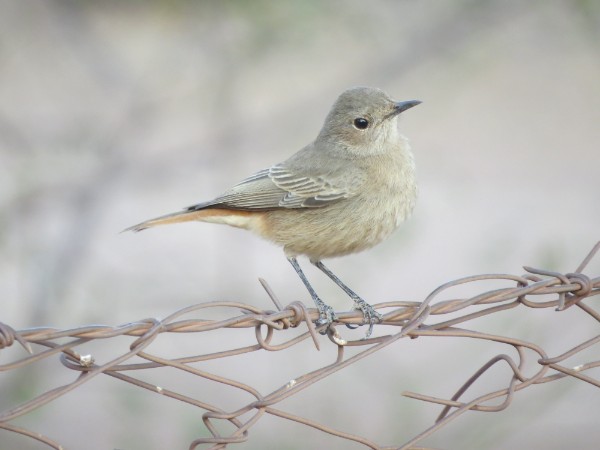

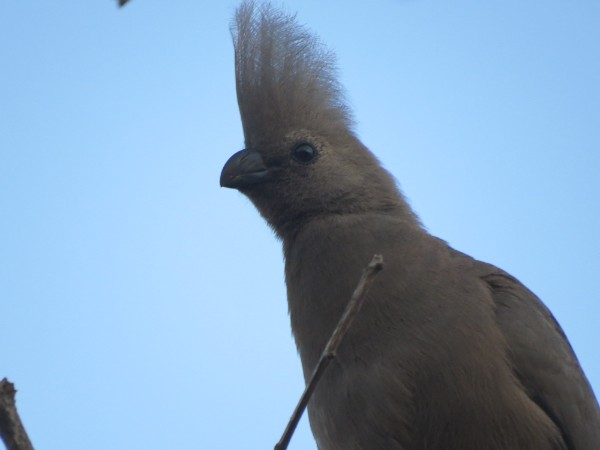
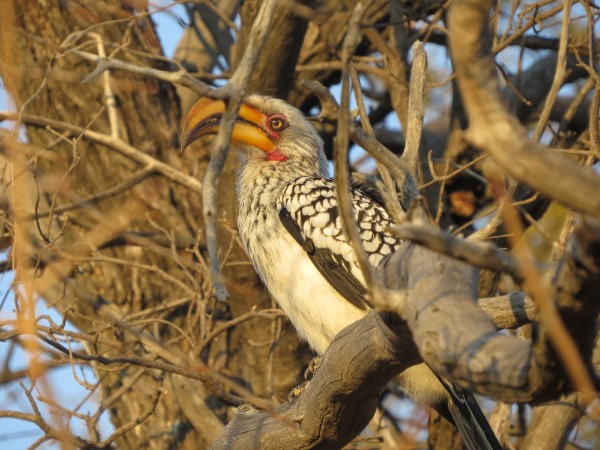
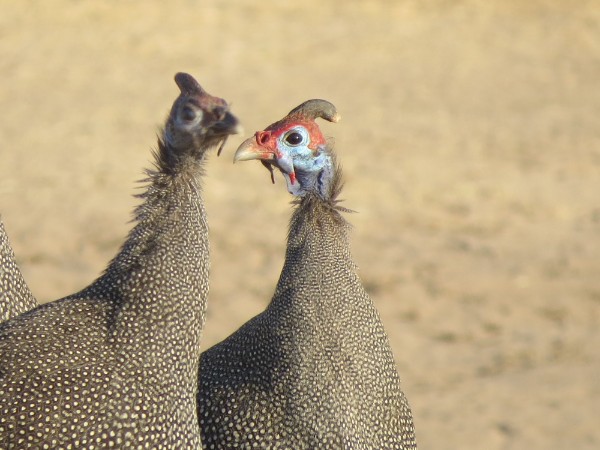



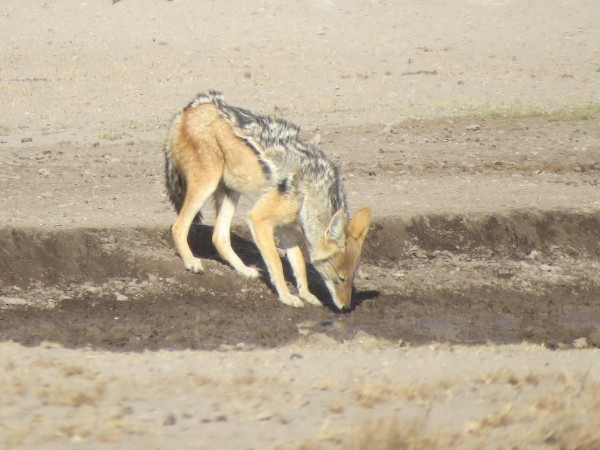

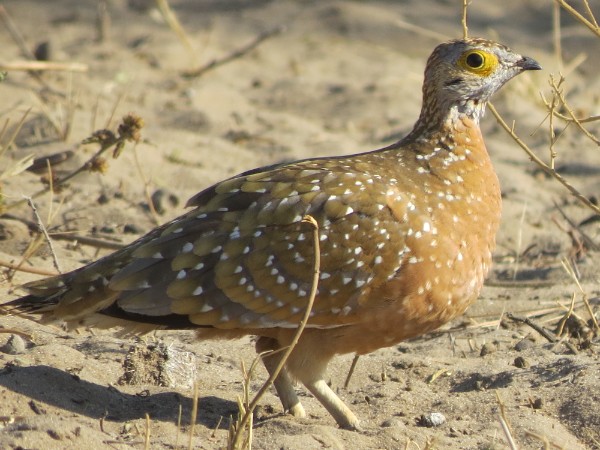
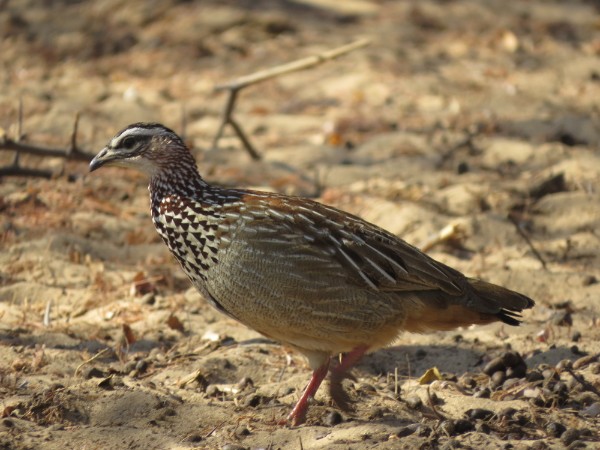
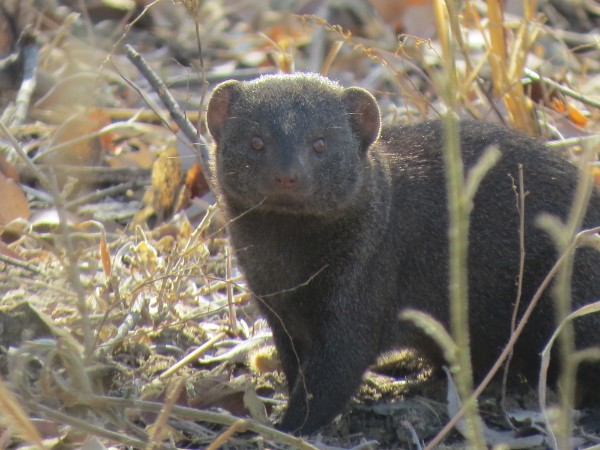

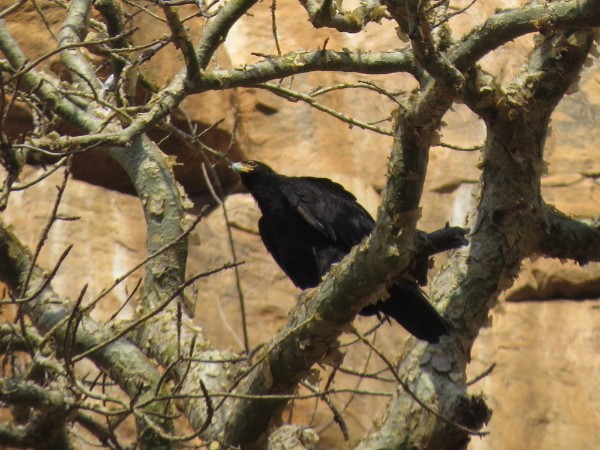
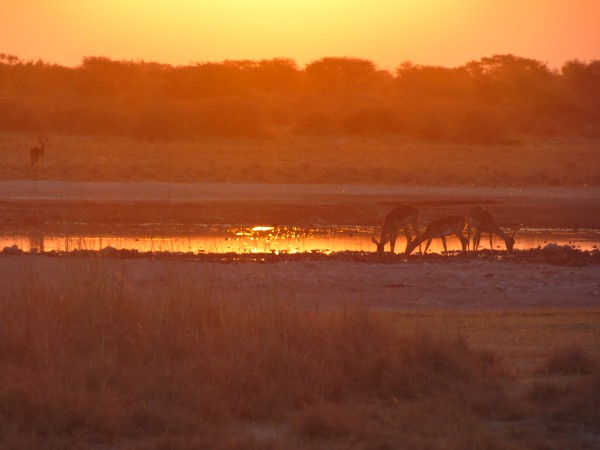

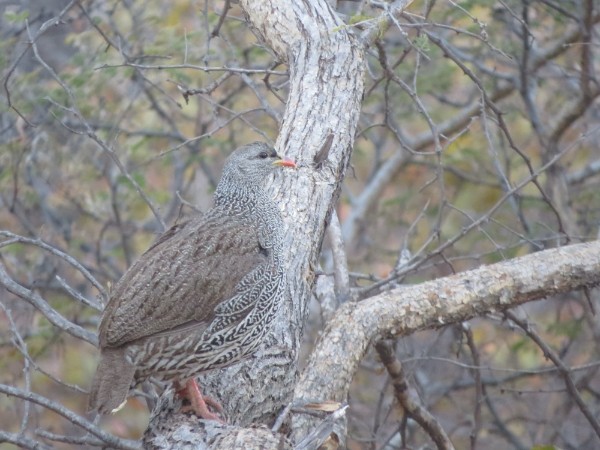
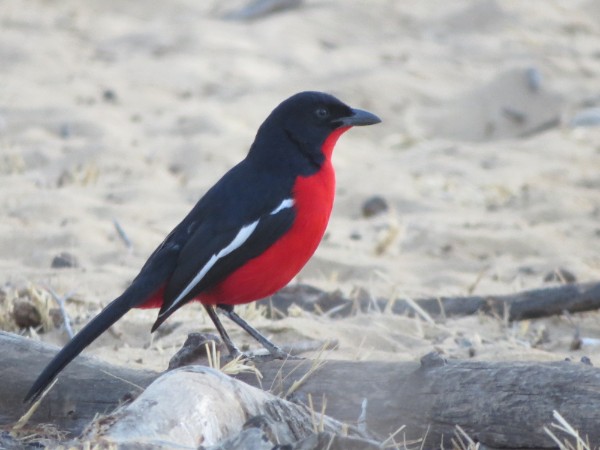
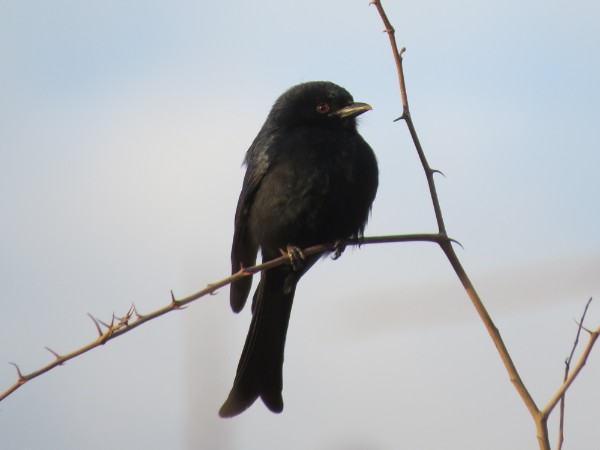

Verreaux’s Eagle-Owl
Verreaux’s Eagle-Owl
on a bare branch
directly along our path
in the last sunset light a camera needs
beneath the blue-white glow
of a nearly-full moon
he perches casually
as if we’ve conjured him
as if there were anything else we needed
as if we hadn’t been awed enough
our pink eyelids blink back at his
and our jaws hang open
our lips forming a wowed o
for owl
shapeshifter
Owen took these photos
shapeshifter
in the thicket
sunlight flows
and shadow flickers
unremarkable
except for a
white twitch of tail:
leopard
Saddle-billed Stork
Owen took these photos
Saddle-billed Stork
out of the world
of tribal masks
and dances from the spirit realm
comes an ancestor
tall on thin black legs
with a bright white body
like a spotlight
then a long brilliant bill
orange-red like a night fire
off in the bush
then a shaman’s face
black, bony, banded
with ceremonial pigments
the same fire engine red
but also taxi cab yellow
he stands two hands higher
than the tallest reeds
herky-jerks his way
through the shallows
shaking his magnificent head
like a melodramatic puppet
bends low
comes up awkward
with more fish than he can swallow
manages anyway
ends up with a bream-shaped bulge
in his long smooth neck
when we drive past him the second time
I’m just as awed –
again he appears as
a fierce young warrior
long-limbed
and all adolescent elbows
Owen at Twelve
Owen at Twelve
Owen gets burned and says almost nothing
sprawls across my lap
trying to capture light and feathers
just right
tells stand-up-comedian-quality jokes
(he asserts)
while cracking himself up until he squeaks
works hard every day
to get a huggie! response from his brother
sleeps sound while a hyena
yowls its way through camp
eats whatever meat is set before him
knows birds he’s never seen before
nearly as well as he knows
how to turn the tumblers
on each one of our hearts
while arching his eyebrows
giving a mischievous sidelong look
Tsodilo Hills Masterwork
Tsodilo Hills Masterwork
3,000 years ago
one soul laid on his back
smearing red on rock
saying
I’m here
now.
Yes,
and I see you knew
how to mark a whale
spinning through blue
stabbed with sunlight –
something my tentative hand
still can’t manage
despite all the time in the world
to try.
Navigating Botswana
Navigating Botswana
we sniff out water
like all the other animals:
moist must of algae and clay
true reflection of sky
(not just mirage)
dark sepia of saturated soil
bright green of a drinking plant
they lead us to our rendezvous
with stork and zebra
elephant and giraffe
impala and kudu
even vultures gulping what’s left
in this dried-out land
we search out
the flush toilets and working sinks
cold fizzies and St. Louis cans
hot showers and cold swimming pools
coffee tea delta panhandle Boteti
our veins pulled to whatever else still flows
through these deepest of dry sands
who owns the rain?
who owns the rain?
in a thousand villages
in a hundred towns
in a dozen cities
people argue right now:
who owns the rain?
in a western water court
old men hear cases
weigh the rights of farmers and fish
consider the adage
first in time first in line
gauge what use is beneficial
collect money to buy life
decide with finality
who owns the rain?
in Botswana
money = pula
and pula = rain
the earth’s heart is carved
into mountains of tailings
to exhume sparkling rocks
while some drink salt
hoping for a new borehole
weathering drought wondering
who exactly owns the pula?
in Colorado
you had to be a renegade
to steal the water off your roof
every ounce of the rivers
already over-allocated
bought and paid for
by who knows who
you had to be brave to rebel
to catch that daily liquid thunder
and defiantly say
I claim this rain
